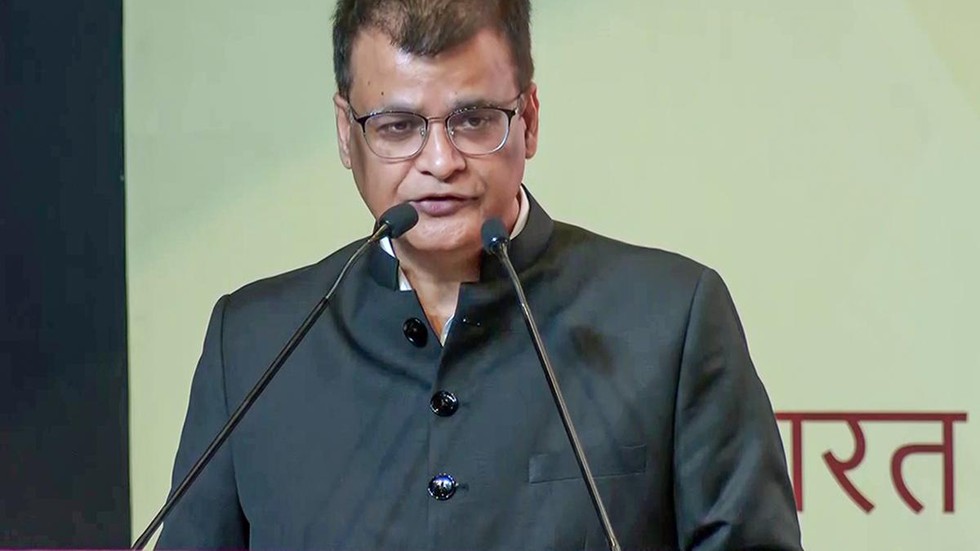About the Prevention of Money Laundering Act (PMLA), 2002
- The Prevention of Money Laundering Act (PMLA), 2002 was enacted in January 2003 to combat money laundering and confiscate proceeds of crime.
- Section 3 defines money laundering as any attempt to project criminal proceeds as untainted assets.
- The main objectives of the Act are:
- To prevent and control money laundering,
- To attach and confiscate assets derived from crime,
- To address related economic offences in India.
- PMLA has undergone major amendments in 2009 and 2012 to expand its scope and enforcement powers.
- As of 2024-25, the ED has initiated 775 new investigations under the PMLA and filed 333 prosecution complaints, demonstrating increased legal action against money laundering.
Enforcement Directorate (ED) Role
- ED is the chief enforcement agency under PMLA, empowered to investigate, attach property, and file prosecution complaints.
- The Act mandates record maintenance and client identity verification by banks, financial institutions and intermediaries.
- Key institutions include:
- Adjudicating Authority (for attachment confirmation),
- Appellate Tribunal, and
- Special Courts (designated sessions courts for PMLA trials).
- The Act allows international cooperation through treaties and MoUs with foreign governments.
Focus Areas for 2025
- Foreign Exchange Management Act (FEMA) cases are a key enforcement priority this year.
- Under the Fugitive Economic Offenders Act, 2018, applications were filed against 24 individuals, and 14 have been declared fugitive economic offenders.
- Over ₹900 crore worth of assets have been confiscated so far.
